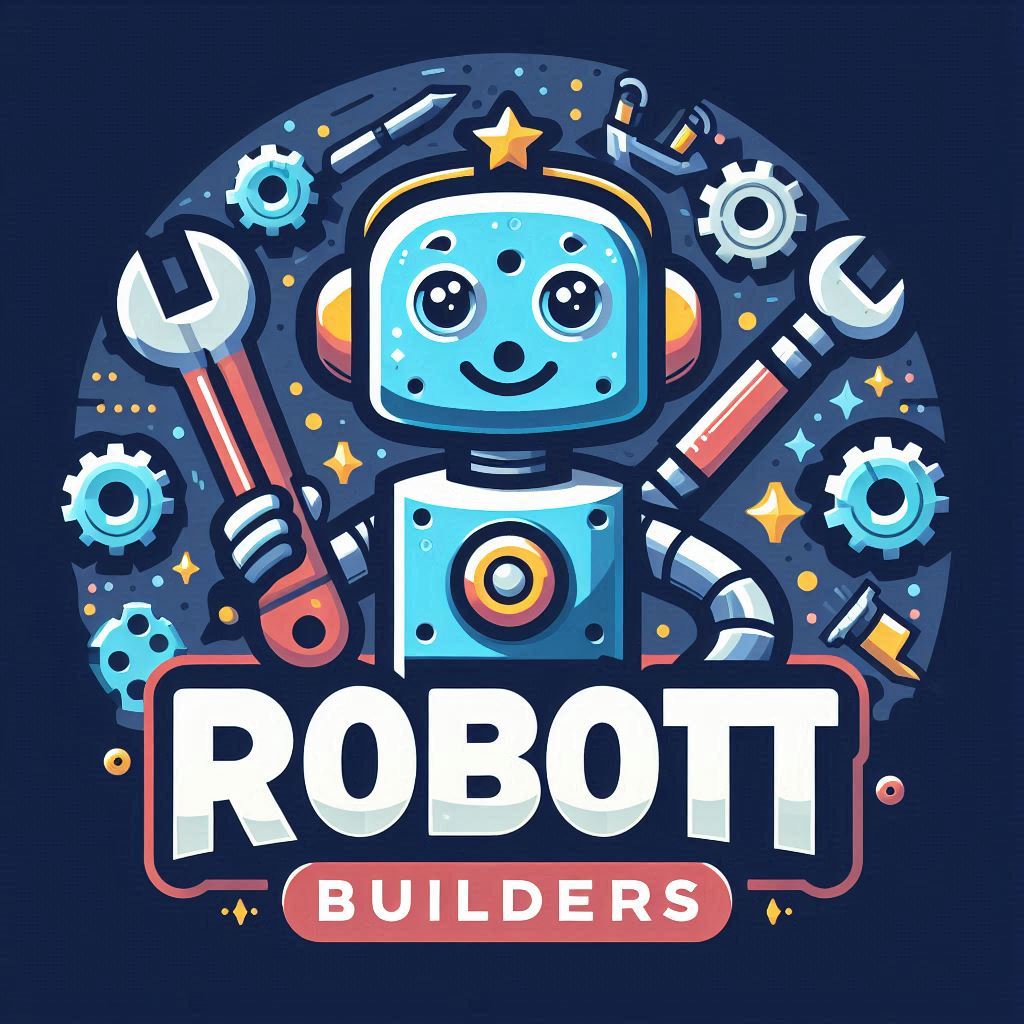In today’s digital age, AI-powered chatbots are transforming how businesses interact with their customers. These intelligent tools enhance customer service, automate repetitive tasks, and provide personalized experiences. If you’re looking to build an AI-powered chatbot, this step-by-step guide will walk you through the process, from defining goals to deployment. Let’s dive in!

Step 1: Define Your Chatbot’s Purpose
Before diving into development, it’s essential to identify the chatbot’s purpose and target audience. Ask yourself:
- What problem will this chatbot solve?
- Will it handle customer queries, assist in sales, or provide technical support?
- Who is the audience—customers, employees, or website visitors?
Tip: Be specific about its role to ensure clarity in design and functionality.
Step 2: Choose the Right AI Platform
Select an AI-powered platform to develop your chatbot. Popular platforms include:
- Dialogflow: Google’s NLP-based platform for conversational bots.
- Microsoft Bot Framework: A comprehensive toolset for building and deploying chatbots.
- IBM Watson Assistant: Known for its powerful AI features and robust scalability.
Tip: Choose a platform that aligns with your technical expertise and project requirements.
Step 3: Design the Conversation Flow
A chatbot must have a structured conversation flow to provide seamless interactions. Key steps include:
- Mapping User Intents: Predict what users might ask and define chatbot responses.
- Creating Dialogues: Design conversational scenarios for each intent.
- Adding Personalization: Use AI to tailor responses based on user data or preferences.
Tip: Tools like Flow XO or Lucidchart can help visualize the conversation flow.
Step 4: Train Your Chatbot with AI Models
To make your chatbot intelligent, you need to train it with relevant data. Follow these steps:
- Provide Training Data: Input sample queries and responses related to your chatbot’s purpose.
- Implement Natural Language Processing (NLP): Enable your chatbot to understand user intent and respond appropriately.
- Refine Through Feedback: Continuously improve the bot’s understanding by adding new data.
Tip: Use pre-trained AI models or train your own custom models for better accuracy.
Step 5: Integrate with Platforms
Ensure your chatbot integrates seamlessly with communication channels. Popular platforms for deployment include:
- Websites: Add the chatbot to your company’s website for customer support.
- Social Media: Connect with users on platforms like Facebook Messenger or WhatsApp.
- Apps: Integrate with mobile or desktop apps for direct engagement.
Tip: Use APIs or connectors to streamline integrations with multiple platforms.
Step 6: Test Your Chatbot
Before launching, rigorously test your chatbot to ensure it functions correctly. Key testing areas include:
- Functionality Testing: Evaluate its ability to handle different user queries.
- Performance Testing: Check response times and scalability.
- Bug Fixing: Identify and fix any technical glitches.
Tip: Use tools like Botium for automated chatbot testing.
Step 7: Deploy and Monitor
Once your chatbot is ready, deploy it across your chosen platforms. After deployment:
- Monitor Performance: Track user interactions, response accuracy, and engagement rates.
- Gather Feedback: Use analytics tools to understand user behavior and improve the chatbot.
- Update Regularly: Keep enhancing your chatbot’s capabilities with new data and features.
Tip: Use AI monitoring tools like Chatbase or Dashbot for real-time analytics.
Benefits of AI-Powered Chatbots
Building a chatbot offers numerous advantages:
- 24/7 Availability: Provide round-the-clock customer service.
- Cost Efficiency: Reduce operational costs by automating repetitive tasks.
- Improved Engagement: Offer personalized and engaging user experiences.
- Scalability: Handle multiple user interactions simultaneously without additional resources.
SEO Tips for Promoting Your Chatbot
- Create a Dedicated Landing Page: Showcase your chatbot’s features and benefits.
- Optimize Keywords: Use AI tools like Ahrefs to target search terms like “AI chatbot builder” or “chatbot benefits.”
- Publish Educational Content: Write blogs or tutorials explaining how your chatbot works.
- Leverage Social Media: Share chatbot demos or success stories on platforms like LinkedIn and Twitter.
- Focus on Mobile Optimization: Ensure chatbot access and promotional materials are responsive.
Conclusion
Building an AI-powered chatbot may seem complex, but with the right tools and strategy, it becomes a straightforward process. By defining its purpose, selecting the right platform, designing user-friendly interactions, and deploying effectively, you can create a chatbot that drives engagement and automates key operations. Start your journey today and let AI transform your business!
